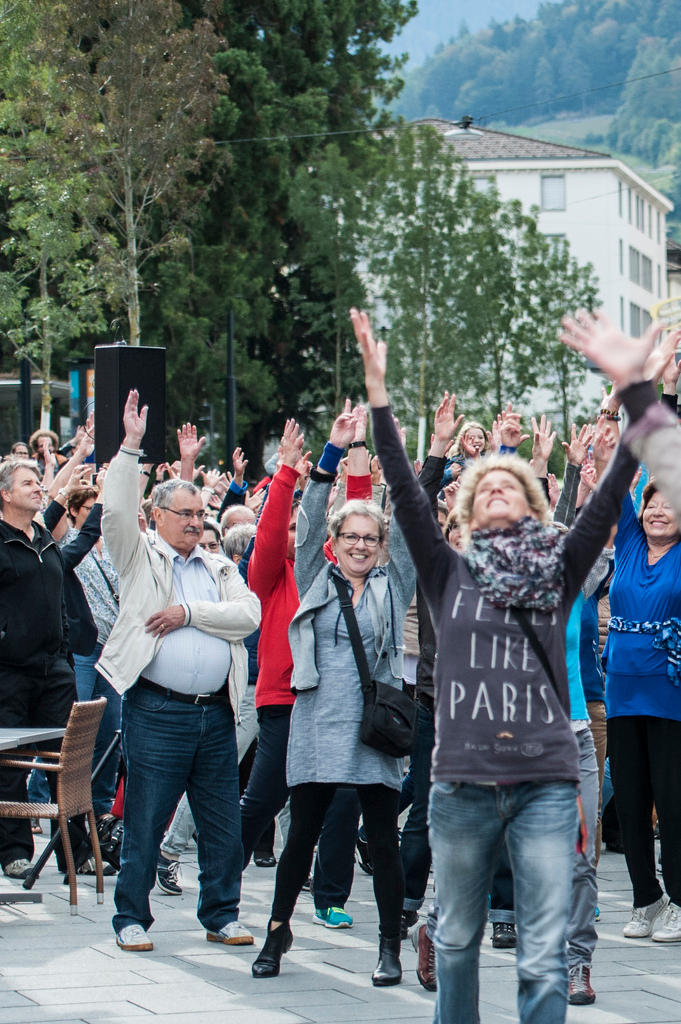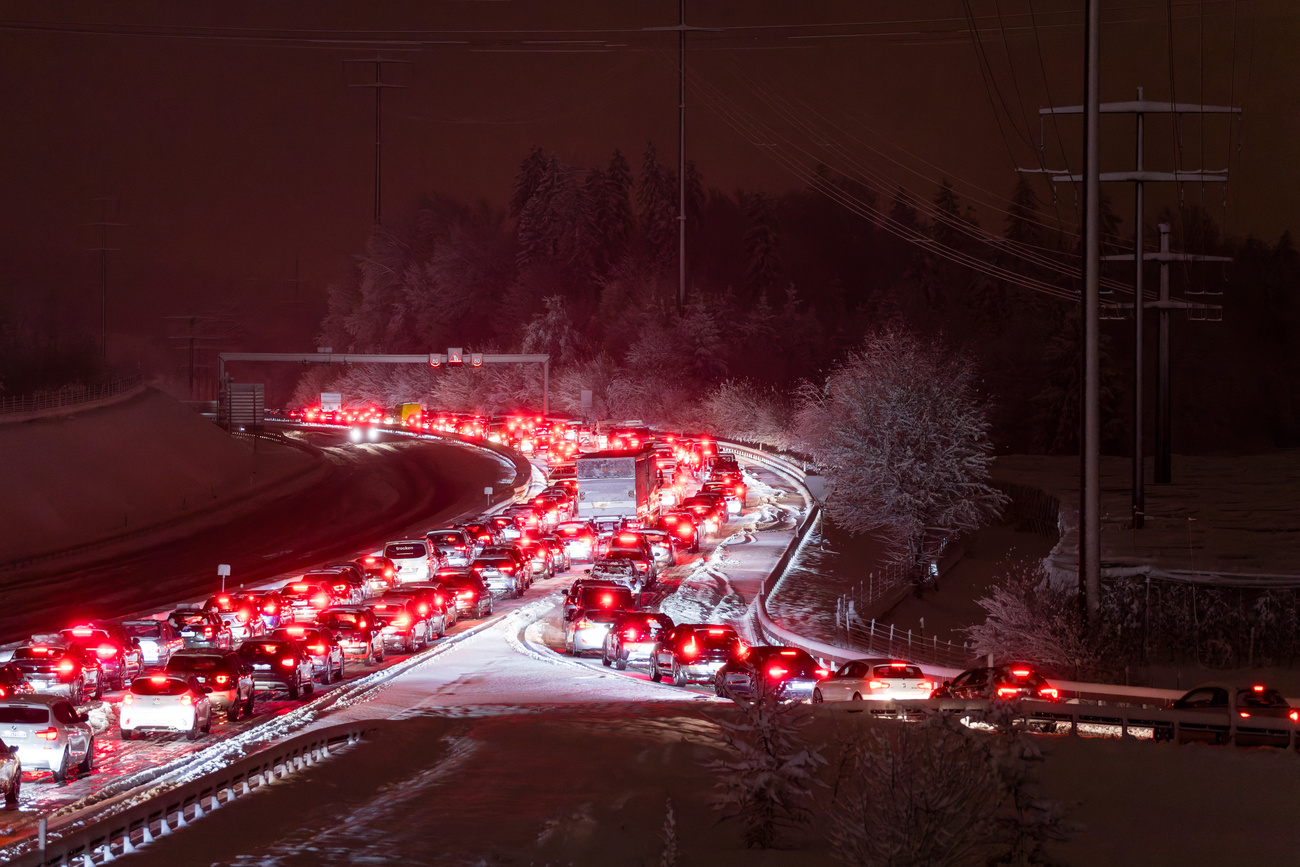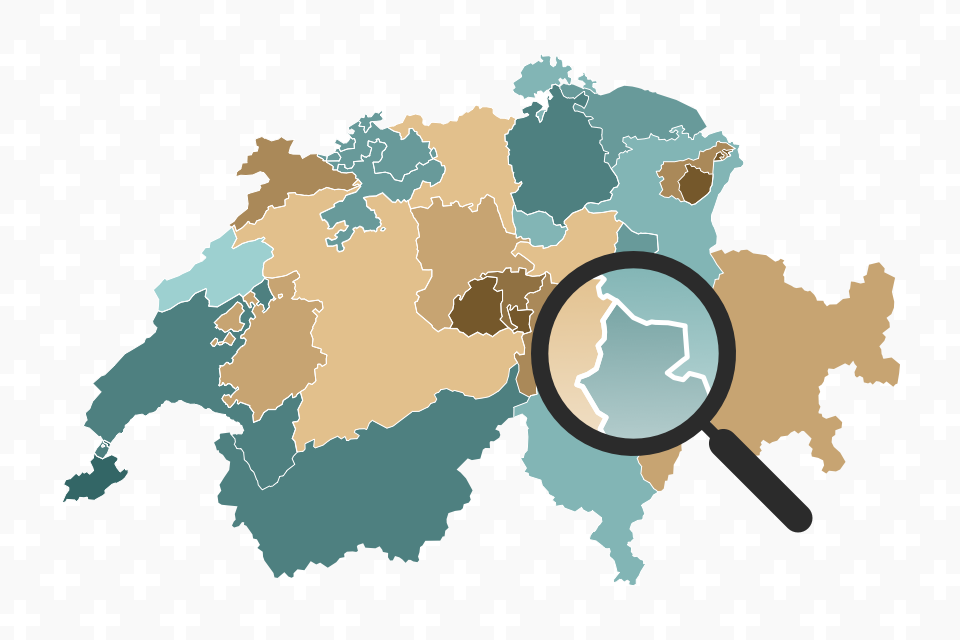The Swiss: better educated, but going grey

The Swiss population is extremely dynamic and much better educated than in the past, but it is also getting much older, new figures show.
According to the results of the 2010-2014 census presented by the Federal Statistical Office on Monday, the Swiss population has doubled in 80 years, growing from 4.1 million in 1932 to 8.2 million in 2014.
But the increase varies depending on the region and its relative economic strength. Zurich, which has a population of 1.5 million, is the most inhabited canton. It is followed by Bern, with just over one million residents and Vaud with 760,000.
In 2014, there were around 100,000 more Swiss women than men. This is the case in most cantons, except for those in central and northeastern regions such as Glarus, Thurgau, Appenzell Outer-Rhodes and Appenzell Inner-Rhodes.
Foreigners represent around a quarter of all permanent residents. But numbers vary by canton: Geneva has the highest share of foreign residents (41%), followed by Basel City (35%) and Vaud (33%). At the other end of the scale are Appenzell Inner-Rhodes (11%), Jura, Nidwalden and Obwalden (each with 15%).
The Swiss population is also rapidly getting older. In 1900 four out of ten people were under 20 years old. Today, there are only two out of ten. Meanwhile, the number of over-65s have increased from 6% to 18% of the total population.
The statistics office says the share of elderly people will continue to grow rapidly in the coming decades.

Another striking aspect of the report is the general increase in education levels in recent decades. This is mainly due to more women going to university.
In 1970, only 4% of women had a university qualification, compared to 22% today. Around 33% of the population – men and women combined – now finish higher education, compared to 8% in 1970.
And although the percentage of people speaking more than one non-Swiss language rocketed between 1910 and 2014, the trend for the national languages varies. The percentage of German-speaking citizens, which grew from 64% of the total Swiss population in 1910 to 73% in 1941, gradually fell to 63% in 2014.
The percentage of French speakers fell from 21% in 1910 to 18% in 1980. Since then it has gone up to 23% of the population in 2014. The percentage of Italian speakers grew between 1950 and 1970 due to large numbers of Italian immigrants and now stands at around 8% of the population.
Meanwhile, only 0.5% of Swiss people speak Romansh, compared to 1% in 1910. However, the total number of Romansh speakers has remained stable (40,000) since the 1970s.

In compliance with the JTI standards
More: SWI swissinfo.ch certified by the Journalism Trust Initiative













You can find an overview of ongoing debates with our journalists here . Please join us!
If you want to start a conversation about a topic raised in this article or want to report factual errors, email us at english@swissinfo.ch.